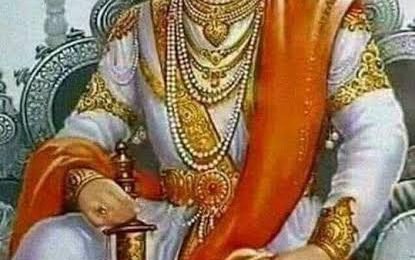The Legend of Kumara Rama of Kampili
Kumara Rama is a legendary folk hero of medieval Karnataka but whose historicity is not completely clear. His story revolves about two points - his fight and death trying to preserve Kampili's independence and his wife-to-be but step mother's lust for him. The spirited fight he put against the Delhi Sultanates is a stuff of legend and a treat to read.




